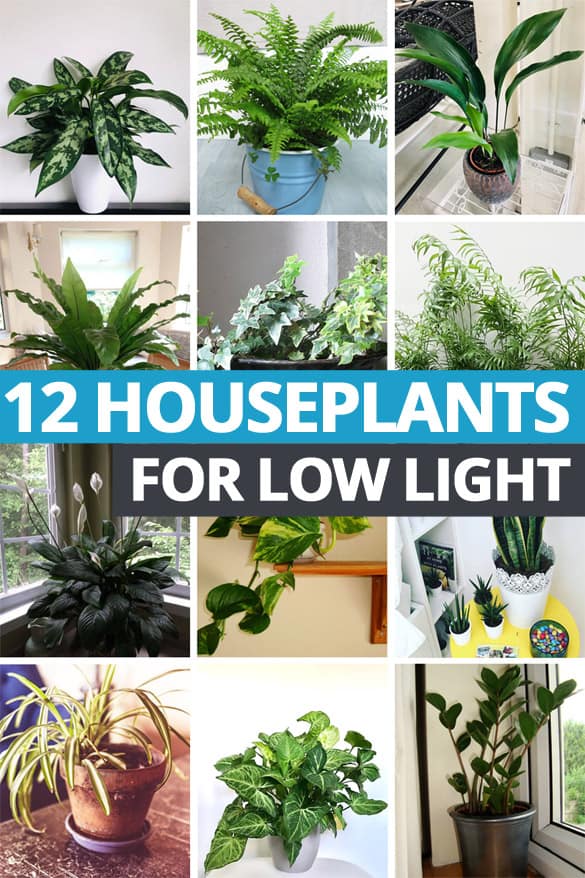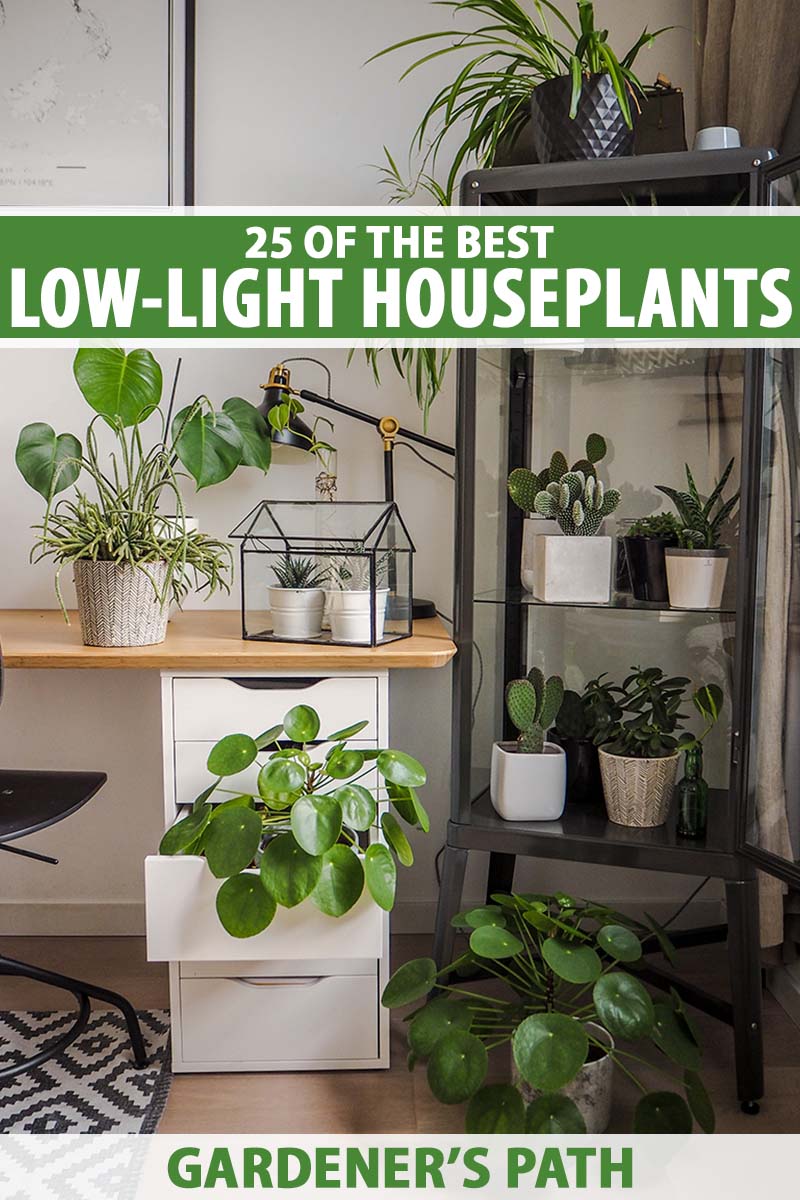Top Picks for the Best Low-Light Indoor Plants to Brighten Your Room
Top Picks for the Best Low-Light Indoor Plants to Brighten Your Room
Blog Article
Discover the Unique Benefits of Low-Light Indoor Plants for Your Living Space
Including low-light indoor plants right into your space provides a wide variety of benefits that prolong far past plain visual appeals. These durable plants not only flourish in environments with restricted sunlight yet likewise offer vital functions such as air purification and humidity enhancement. Moreover, they can positively influence your mood and overall health while needing minimal upkeep. As you take into consideration the transformative potential of these plants, it ends up being important to discover how their distinct attributes can customize your atmosphere to far better serve your way of living. What particular benefits might resonate most with your individual room?
Air Filtration Benefits
Low-light indoor plants not only improve the aesthetic allure of living rooms but likewise play a significant function in air purification. Research has actually demonstrated that certain plant species can effectively get rid of usual interior contaminants, including formaldehyde, trichloroethylene, and benzene. These compounds typically rise from family things such as furnishings, cleaning products, and structure products, contributing to indoor air quality issues.
Plants such as the serpent plant, pothos, and tranquility lily are particularly skilled at filtering system harmful compounds from the air while growing in low-light conditions. The procedure of phytoremediation, in which plants take in and metabolize toxins, makes it possible for these species to add significantly to a much healthier interior environment. Furthermore, with photosynthesis, plants release oxygen, additionally boosting air quality.
Incorporating low-light interior plants right into home or workplace rooms not only provides aesthetic advantages yet likewise works as a functional method for boosting air high quality. By choosing the ideal types, people can produce an environment that advertises wellness and minimizes exposure to hazardous pollutants, making these plants an essential component in modern interior living.

State Of Mind Enhancement Impacts
Countless research studies have actually shown that integrating indoor plants can substantially improve state of mind and general psychological well-being. The visibility of greenery in interior atmospheres has actually been linked to lowered stress and anxiety degrees, raised sensations of peace, and improved psychological health and wellness. Low-light indoor plants, specifically, flourish in environments where natural light is restricted, making them excellent for different living spaces.
Research study shows that communicating with plants can boost the launch of serotonin, a natural chemical related to feelings of happiness and well-being. Additionally, the act of caring for plants fosters a feeling of duty and success, more adding to positive psychological health end results. In addition, low-light plants such as snake plants, pothos, and tranquility lilies have been revealed to boost air quality, which is inherently connected to mood enhancement.
Incorporating these plants right into your home or workplace can create a calm atmosphere, using a visual and sensory getaway from the pressure of life - Best low-light indoor plants. As people invest enhancing quantities of time inside, the mood-enhancing effects of low-light indoor plants end up being even extra essential, giving not just visual allure however likewise a profound effect on psychological wellness
Reduced Upkeep Demands
For those seeking to boost their interior areas without a substantial time commitment, low-light indoor plants are a perfect choice as a result of their reduced upkeep requirements. These durable plants prosper in less-than-ideal illumination conditions, making them excellent for homes and offices where natural sunlight is restricted.

Pest resistance is another advantage of low-light indoor plants. Several varieties are less prone to usual parasites, lowering the demand for continuous surveillance and intervention. These plants usually expand more gradually than their high-light counterparts, meaning less frequent repotting and trimming are needed.
Visual Appeal and Flexibility

In addition, these plants can be arranged in myriad means, whether in groups for a rich effect or as standalone attributes to draw the eye. The choices of planter designs-- from sleek ceramic pots to rustic wood containers-- even more boost their aesthetic value, enabling homeowners to share their personal design.
Moreover, low-light plants can be tactically positioned in areas that might otherwise really feel ignored, such as edges or dimly lit racks, thereby optimizing their decorative potential. Ultimately, the combination of their striking appearance and versatility makes low-light interior plants an important enhancement to any type of home, developing an inviting atmosphere that advertises well-being and leisure.
Boosted Humidity Levels
Enhancing indoor moisture degrees is just one of the substantial advantages of incorporating low-light indoor plants right into living rooms. These plants normally release moisture vapor through a process known as transpiration, which takes place when water soaked up by the origins relocates via the plant and evaporates from the leaves. This process not only increases humidity yet additionally adds to a much healthier indoor environment.
Improved moisture degrees can ease different health and wellness issues, such as dry skin, respiratory troubles, and allergic reactions. Lots of individuals experience discomfort in dry indoor conditions, particularly throughout winter season when home heating systems are in usage. By tactically putting low-light plants throughout your home, you can create an extra well balanced humidity degree that cultivates general health.
Moreover, specific low-light interior plants, like tranquility lilies and crawler plants, are internet particularly effective at enhancing moisture (Best low-light indoor plants). Hence, low-light interior plants offer both visual and useful purposes, promoting a healthier environment.
Final Thought
In recap, low-light interior plants supply countless benefits that add to a healthier and extra inviting living space. Their ability to purify the air, enhance mood, and improve humidity levels underscores their value as effective decor elements. Their reduced upkeep needs you can try here and visual adaptability make them appropriate for different environments. Incorporating these resilient plants right into interior setups not only elevates the ambiance yet additionally advertises general well-being, developing a serene refuge for citizens.
Plants such as the serpent plant, pothos, and peace lily are particularly experienced at filtering harmful materials from the air while prospering in low-light conditions. Low-light plants such as serpent plants, pothos, and peace lilies have actually been shown to boost air high quality, which is inherently linked to state of mind enhancement.
Low-light interior plants, such as snake plants, pothos, and ZZ plants, not just improve the aesthetic landscape of a space yet likewise present different appearances and shades of environment-friendly that can match varied interior designs. These plants normally release dampness vapor through a procedure known as transpiration, which happens when water soaked up by the roots relocates through the plant and vaporizes from the fallen leaves.Furthermore, particular low-light indoor plants, like tranquility lilies and crawler plants, are particularly efficient at increasing humidity.
Report this page